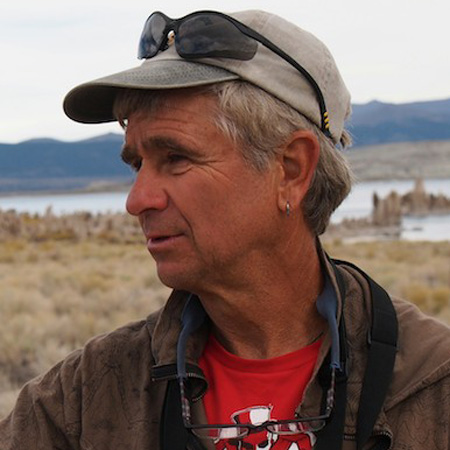As I peer back in the darkness under a rock crevice I can barely see the crab. A pair of stalked eyeballs staring at me, the mouthparts fluttering, antennae gently swaying and giant claws folded just below the chin. I imagine that he feels protected, safe and secure in the crack.
Ha! I pride myself on being able to dislodge unwilling crabs without hurting them or myself. And I have only lost one human fingernail and no crab legs in the process. I carefully pull him out by the claws. The bumpy front of the shell is slightly curved like a crescent moon and it's about five inches across. The massive claws are tipped in black. The broad, not narrow, abdominal flap indicates that it's not a him after all, but a her. It's the common rock cancer crab.
Cancer is the Greek word for crab, as in the fourth sign of the zodiac. We now associate the word, cancer, with that dreaded illness. This is due to Galen, a famous physician in the 2nd Century A.D., who first named the disease for "the swollen veins surrounding the part affected, bearing a resemblance to a crab's limbs."
The only time that female crabs can mate is when they are shedding their external skeleton and replacing it with a new but soft shell. Before their new one hardens they are quite vulnerable. She emits a chemical that alerts adjacent males to her sexual receptivity. One lucky fellow reaches her first and "protects" her until the shell hardens. In exchange, he mates with her. Female crabs store several thousand eggs under their abdominal flap. They hatch in a short time and most of the youngsters never reach adulthood but mostly become food for fish.
Rock crabs are most active at night; they are aggressive predators and scavengers. They eat nearly anything they can catch. One favorite food are hermit crabs. The crab grabs them and slowly breaks open the shell with the pincers until it can reach in and pull the hermit crab out. Yummy.
But that must make one of them very crabby.
This is Michael Ellis, with a Perspective.
Michael Ellis is a naturalist who leads trips throughout the world. He lives in Santa Rosa.
